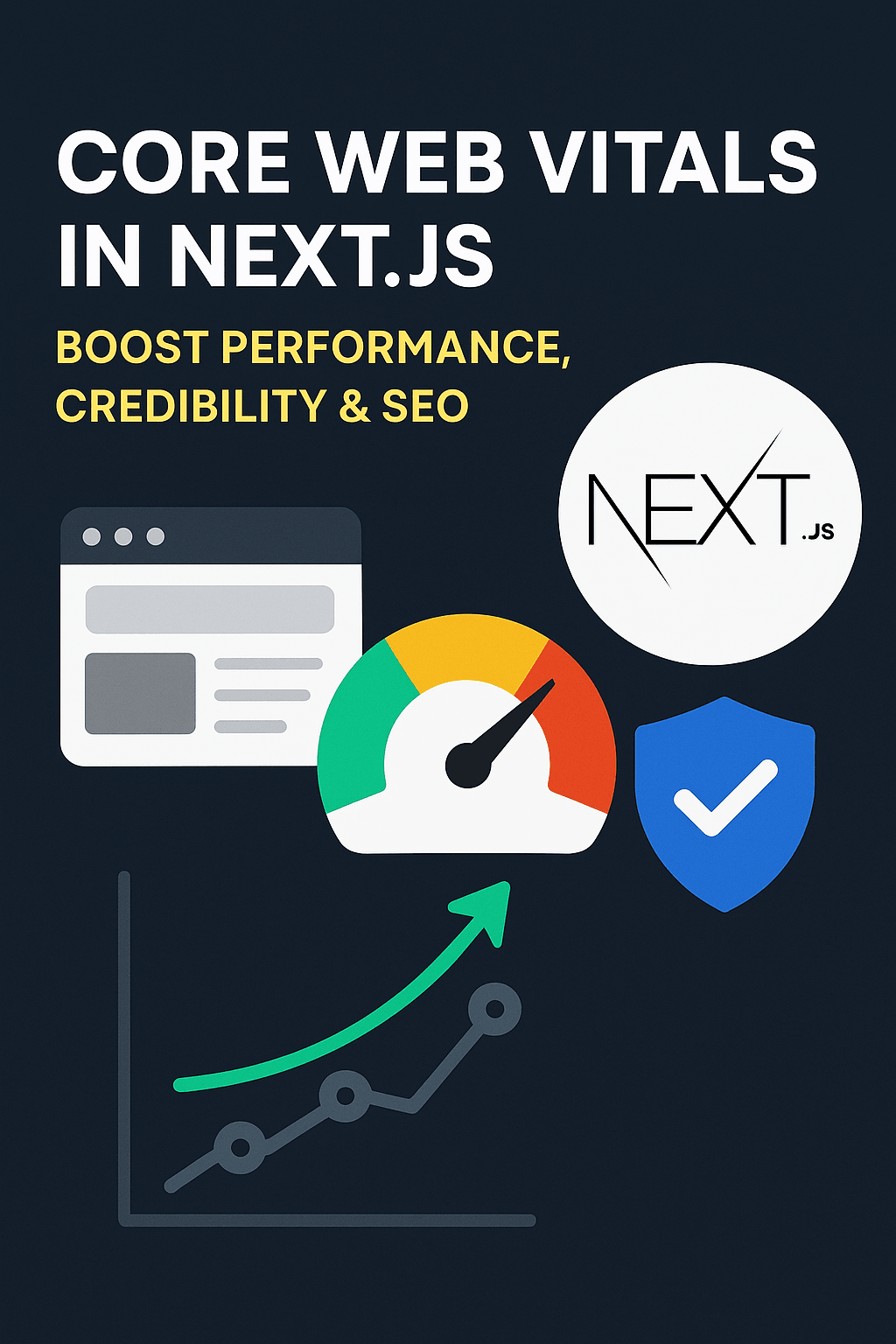Next.js SEO: Programmatically Manage Metadata for Better Rankings
Author
Date Published

Programmatic SEO: The Key to Scalable Optimization
Search Engine Optimization (SEO) isn't just about keywords and backlinks—it's about giving search engines the right information to understand and promote your content.
In modern web apps, especially those built with Next.js, we often generate pages dynamically. That means static metadata won’t cut it—we need a way to programmatically control SEO fields like the page title, description, Open Graph tags, and more.
In this guide, we’ll show you how to manage SEO metadata programmatically in both the Pages Router and App Router using real-world examples.
Why Metadata Matters
Metadata lives inside your HTML <head> and helps:
Search engines understand what your page is about.
Social media platforms (like Facebook, LinkedIn, Twitter) generate rich previews.
Users make informed decisions about clicking your links.
Without proper metadata, your content may never reach your intended audience—even if it's amazing.
App Router SEO: The Modern Way
Next.js 13+ introduced the App Router, a modern and powerful routing system with built-in support for programmatic SEO metadata—no more manual <Head> components.
In this post, you’ll learn how to manage dynamic metadata using generateMetadata() in the App Router to improve SEO, social media sharing, and search engine visibility.
What is Metadata in Next.js App Router?
In the App Router, each route can export:
metadata: for static values (title, description, etc.)
generateMetadata(): for dynamic, async metadata based on route params or fetched data
SEO Benefits:
Clean, declarative SEO config
Built-in Open Graph & Twitter support
Server-side fetching of SEO content
Better for CMS-powered or dynamic apps
Example 1: Static Metadata for Static Pages
Use the metadata export in simple static pages like About or Contact:
1// app/about/page.tsx23export const metadata = {4 title: 'About Us | My Site',5 description: 'Learn about our mission, team, and values.',6 openGraph: {7 title: 'About Us | My Site',8 description: 'Learn about our mission, team, and values.',9 url: 'https://mysite.com/about',10 },11 twitter: {12 card: 'summary',13 },14}1516export default function AboutPage() {17 return <div>Welcome to the About Page!</div>18}19
No need to use <Head> or next/head — it’s all handled automatically.
Example 2: Dynamic Metadata for Dynamic Pages
For dynamic routes like blog posts or product pages, use generateMetadata() to pull metadata from a CMS or API.
1// app/blog/[slug]/page.tsx23import { fetchPostBySlug } from '@/lib/api'45export async function generateMetadata({ params }) {6 const post = await fetchPostBySlug(params.slug)78 if (!post) {9 return {10 title: 'Post Not Found | My Blog',11 description: 'This blog post does not exist.',12 }13 }1415 return {16 title: `${post.title} | My Blog`,17 description: post.excerpt,18 openGraph: {19 title: post.title,20 description: post.excerpt,21 images: [post.image],22 url: `https://myblog.com/blog/${params.slug}`,23 },24 twitter: {25 card: 'summary_large_image',26 title: post.title,27 description: post.excerpt,28 images: [post.image],29 },30 }31}3233export default async function BlogPage({ params }) {34 const post = await fetchPostBySlug(params.slug)3536 return (37 <article className="prose max-w-2xl mx-auto">38 <h1>{post.title}</h1>39 <p>{post.content}</p>40 </article>41 )42}43
✨ Pro Tips
✅ Add canonical URLs:
1return {2 ...,3 alternates: {4 canonical: `https://myblog.com/blog/${params.slug}`,5 },6}7
✅ Use structured data (JSON-LD) by injecting a <script> manually in your component:
1<script2 type="application/ld+json"3 dangerouslySetInnerHTML={{4 __html: JSON.stringify({5 '@context': 'https://schema.org',6 '@type': 'BlogPosting',7 headline: post.title,8 author: post.author.name,9 datePublished: post.date,10 image: post.image,11 }),12 }}13/>14
✅ Advanced: Canonical Tags & Structured Data
Canonical tags help avoid duplicate content penalties, while JSON-LD improves rich snippets.
1<Head>2 <link rel="canonical" href={`https://myblog.com/blog/${post.slug}`} />3 <script4 type="application/ld+json"5 dangerouslySetInnerHTML={{6 __html: JSON.stringify({7 '@context': 'https://schema.org',8 '@type': 'BlogPosting',9 headline: post.title,10 image: post.image,11 author: {12 '@type': 'Person',13 name: post.author,14 },15 datePublished: post.date,16 }),17 }}18 />19</Head>20
Best Practices
Use generateMetadata() for dynamic content
Set Open Graph & Twitter tags
Add canonical URLs
Use structured data (JSON-LD)
Avoid duplicate titles/descriptions ❌
Final Thoughts
Next.js App Router gives you a robust, declarative way to manage SEO. Whether you're building a blog, an eCommerce site, or a SaaS dashboard, programmatic metadata ensures every page is:
Optimized for search engines
Shareable on social media
Configurable per route
Programmatic SEO isn’t just a nice-to-have—it’s a growth multiplier.
Need Help?
Want a reusable SEO utility or a boilerplate setup with Payload/Sanity CMS + dynamic SEO? Just ask! I’ll gladly help.

Framer Motion for Smooth Transitions in App Router (Next.js 14+)
Pairing Next.js App Router with Framer Motion is the go-to for smooth, responsive page transitions and micro-interactions.

Core Web Vitals in Next.js: Boost Performance, Credibility & SEO
In today’s digital landscape, user experience isn't just a nice-to-have—it's a growth engine. Google’s Core Web Vitals are a key factor in both SEO ranking and user retention.